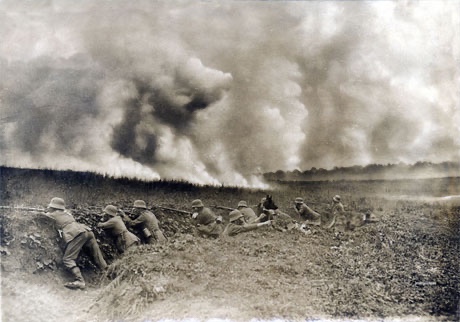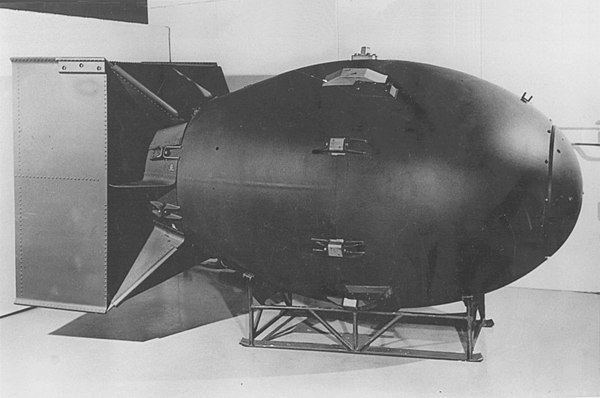
Since the Middle Ages, man has been looking for ways to increase the power of his weapons to dominate his enemies. Initially with biological weapons, pollution of water wells with carrion and excrement, then the propulsion of pestiferous corpses in besieged cities (1347), the British general Jeffery Amhherst suggested offering smallpox-infected blankets to the Amerindians in revolt (1763).
During the First World War, on 22 April 1915 during the Second Battle of Ypres, the first massive chemical attack by the German army took place, opening 6,000 steel bottles releasing 180 tonnes of chlorine gas.


During the Second World War, the American army bombed Hiroshima (15 Kt) with a nuclear weapon on 6 August 1945 and Nagasaki (20 Kt) on 9 August 1945, ending the Pacific conflict.
Our solutions
We ensure the implementation of a team to coordinate non-conventional risks, Chemical, Biological, Radiological…
We design and manage a living base with dressing, undressing and decontamination lines.
We determine, order and manage the specific Personal Protective Equipment and its maintenance.
We train staff in the wearing and use of specific clothing and supervise the safety of staff and works.

